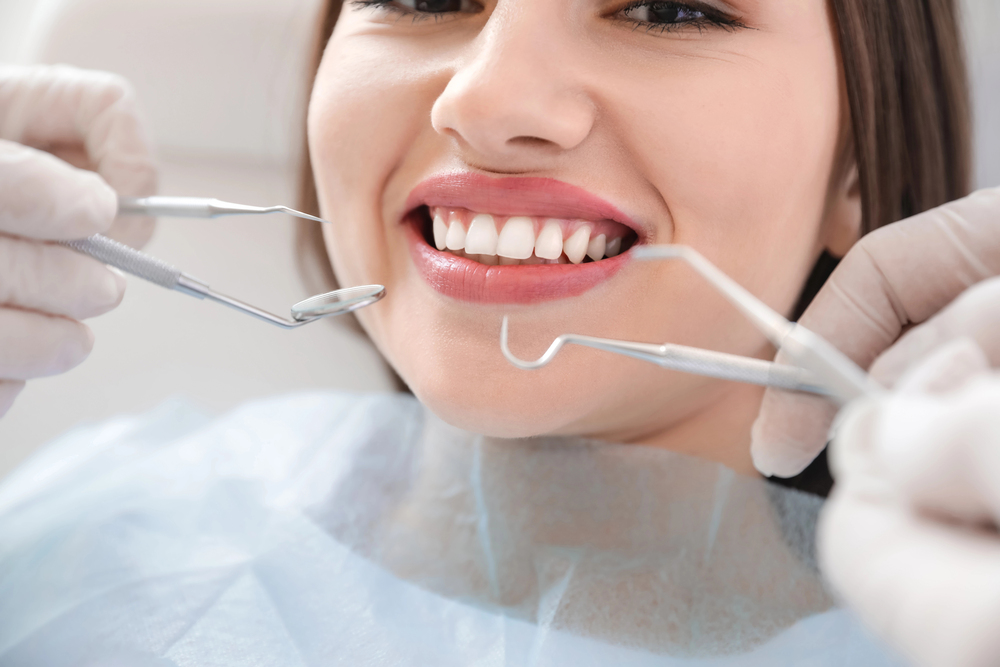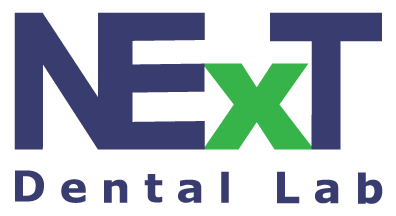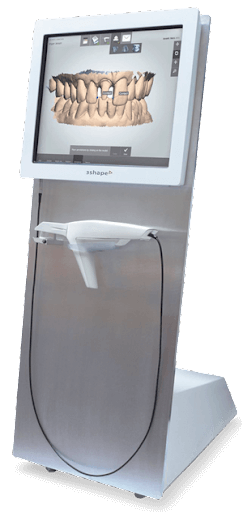When a compressor stalls or a handpiece seizes, the schedule wobbles and stress spikes. A clear plan for dental equipment repair turns chaos into a controlled, clinical response that protects uptime and patient trust.
Triage the Operatory

Start with safety and isolation. Power down the affected unit, close air or water valves, and tag the station out to prevent accidental use. Move the patient to a ready bay if possible, then log the fault with time, symptoms, and any error codes. This quick record speeds troubleshooting and helps vendors pinpoint replacements. Keep disposable backups ready: sterile handpieces on standby, extra HVE tips, and portable lights for basic continuity.
Rapid Checks That Save Time
Many failures trace back to simple points. Inspect power cords, GFCI outlets, and breaker panels for trips. Verify compressor pressure, dryer status, and moisture in lines. Check chair umbilicals for kinks, swaps, or loose quick-connects. Flush water bottles and confirm antimicrobial tablet status. For suction loss, examine trap baskets and amalgam separators for clogs, then test for leaks at hose cuffs. A five-minute sweep can recover function without deeper teardown.
Handpieces and Small Devices
For turbine whine or stall, verify lubricant type, quantity, and pre-sterilization spin-out. Swap to a known-good bur to rule out shank slippage. If chatter persists, replace the cartridge as a unit to restore concentricity and power. For piezo or ultrasonic scalers, inspect tips for wear marks and confirm torque, then recalibrate power settings and check water flow. Curing lights that dim often need battery reseating, charger inspection, and lens tip cleaning with isopropyl wipes to remove resin haze.
Compressed Air, Suction, and Waterlines
Air systems demand dryness and stable pressure. Drain tanks at day’s end, replace filters on schedule, and monitor regulator gauges chairside for drift. A sudden drop suggests leaks at manifolds, push-to-connect fittings, or pedal valves. Suction faults usually surface as foaming or stalling during hygiene peaks. Use system-approved antifoam, clean traps daily, and document vacuum readings at each op for trend spotting. Waterline care depends on daily purges, shock treatments per manufacturer guidance, and monthly ATP testing to validate biofilm control.
Chairs, Delivery Units, and Lights
For hydraulic or electromechanical chairs, re-home positions, check foot pedal mode, and inspect interlock magnets on headrests and armrests. Delivery blocks benefit from periodic o-ring changes, valve cleaning, and tubing refresh to prevent stick-slip on syringes and handpiece lines. Overhead lights that flicker often have loose yoke connectors or ballast issues. Clean lenses and balance springs, then verify the dimmer circuit before ordering parts.
Sterilizers and Infection Control
Autoclave alarms commonly tie to water quality, door gasket seals, and clogged air traps. Replace gaskets at the first sign of steam leaks, descale chambers on a cadence, and log every cycle with load details. For chemical indicators that fail, confirm exposure parameters and date codes. If biological indicators flag a problem, quarantine instruments from the suspect cycle and rerun with a validated control, then call service.
Preventive Rhythms That Pay Off
Create daily, weekly, and monthly tasks that crews can complete in minutes. Daily: purge lines, clean traps, drain compressor moisture, and disinfect touchpoints. Weekly: test vacuum, check pressures, replace prefilters, and audit backup instruments. Monthly: shock waterlines, descale sterilizers, verify chair bolts and light mounts, and update the asset log. Tie these rhythms to KPIs like chair downtime, repair spend, and first-call resolution, then review during team huddles.
Partner with a Lab Built for Modern Cases
At Next Dental Lab, we support busy practices with a full lineup of restorations and open digital workflows that keep cases moving. From all-ceramic crowns, PFM, and full-cast options to diagnostic wax-ups and temporary PMMA, restorations are built for fit and longevity. Removables span complete dentures, acrylic partials, metal frameworks, nightguards, and orthodontic appliances.
Implant work includes custom abutments, cemented and screw-retained designs, plus full-arch hybrids. Digital impressions flow from platforms like iTero, 3Shape, Sirona, Medit, Carestream, and SHINING 3D for smooth submissions. Connect today, send a case, and experience responsive communication with consistent results.

